Long-Term Performance of Blue-Green Roof Systems—Results of a Building-Scale Monitoring Study in Hamburg, Germany
Abstract
:1. Introduction
- Shading of surfaces or prevention of direct solar radiation;
- (Evapo)transpiration or evaporative cooling by active evaporation from plants (transpiration) and evaporation from water surfaces (evaporation);
- Change in air flow and circulation;
- Insulation effect by substrate and plant layers on roofs;
- Change in albedo of surfaces, thereby increased reflection of solar irradiation compared to darker surfaces;
- Partial absorption of solar irradiance and conversion to biomass (photosynthesis).
- Interception of rainwater on plant surfaces;
- Retention and storage of rainwater in substrates;
- Evaporation of rainwater from plant and substrate surfaces (evaporation);
- Active evaporation of rainwater by plants (transpiration);
- Temporal delay of stormwater runoff through intermediate storage in substrates;
- If necessary, additional rainwater retention through storage, e.g., in cisterns for irrigation.
- To create a field test site with different BGR types and find out to what extent they are able to improve hydrological performance, i.e., the potential for flood and heat prevention;
- To determine the extent to which the increased water supply affects vegetation development and species diversity.
2. Materials and Methods
2.1. Study Location
2.2. (Blue-)Green Roof Types
2.3. Monitoring, Data Preparation, and Calculations
2.3.1. Hydrological Monitoring and Data Preparation
2.3.2. Performance Evaluation
2.3.3. Vegetation Analysis
3. Results
3.1. Long-Period Hydrological Performance
3.2. Hydrological Performance for Single Rain Events
3.3. Vegetation Composition Analysis
4. Discussion
4.1. Hydrological Performance of BGRs
4.2. Vegetation Composition Analysis
4.3. Future Research Directions
5. Conclusions
Author Contributions
Funding
Data Availability Statement
Acknowledgments
Conflicts of Interest
Appendix A
| Roof Type | WRB85 | M60 | Z40 | Z100 | SD |
|---|---|---|---|---|---|
| Area [m2] | 220 | 220 | 220 | 220 | 135 |
| Substrate height [mm] | 7 | 8 | 9 | 6 | 6 |
| Number of species | 28 | 24 | 25 | 16 | 14 |
| Sedum album | 2 | 2 | 2 | 2 | 3 |
| Sedum hispanicum | r | 1 | 1 | 1 | |
| Sedum sexangulare * | 2 | 2 | 1 | 1 | 2 |
| Sedum kamtschatikum | 2 | 2 | 2 | 1 | 2 |
| Sedum spurium | 2 | 2 | 2 | 1 | 2 |
| Taraxacum officinale | + | 1 | 1 | + | 1 |
| Trifolium dubium | 1 | 1 | 1 | 1 | |
| Trifolium pratense | 2 | 2 | r | + | |
| Holcus lanatus | + | 1 | + | + | |
| Hieracium pilosella * | + | r | r | + | r |
| Trifolium arvense | 1 | + | r | ||
| Silene vulgaris * | + | + | + | ||
| Dianthus deltoides * | 1 | 1 | + | r | |
| Potentilla argentea | 1 | r | + | ||
| Bromus hordeaceus | 1 | 1 | 1 | ||
| Epilobium spec. | + | r | r | ||
| Vicia parviflora | + | r | |||
| Senecio inaequidens | + | r | |||
| Achillea millefolium | + | 2 | |||
| Leucanthemum vulgare | + | 1 | |||
| Prunella grandiflora | r | + | |||
| Prunella vulgaris | r | + | |||
| Origanum vulgare | + | + | |||
| Cirsium vulgare | r | r | |||
| Plantago argentea | + | r | |||
| Anthemis tinctoria | + | + | |||
| Plantago lanceolata | + | ||||
| Poa annua | r | ||||
| Petrorhagia saxifraga | + | ||||
| Veronica filiformis | r | ||||
| Linaria vulgaris | r | ||||
| Melilotus officinalis | 1 | ||||
| Trifolium repens | 2 | ||||
| Hypericum perforatum | 1 | ||||
| Erodium cicutarium | r | ||||
| Stellaria media | r | ||||
| Saxifraga granulate * | + | ||||
| Campanula spec. | + | ||||
| Clinopodium vulgare * | + | + | |||
| Festuca ovina * | 1 | + | |||
| Crepis spec. | + | + | 1 | ||
| Senecio vulgaris | r | r | |||
| Tragopogon pratensis | r |
References
- Fang, C.F. Evaluating the thermal reduction effect of plant layers on rooftops. Energy Build. 2008, 40, 1048–1052. [Google Scholar] [CrossRef]
- Takebayashi, H.; Moriyama, M. Surface heat budget on green roof and high reflection roof for mitigation of urban heat island. Build. Environ. 2007, 42, 2971–2979. [Google Scholar] [CrossRef] [Green Version]
- Bengtsson, L. Peak flows from thin sedum-moss roof. Nord. Hydrol. 2005, 36, 269–280. [Google Scholar] [CrossRef]
- Mentens, J.; Raes, D.; Hermy, M. Green roofs as a tool for solving the rainwater runoff problem in the urbanized 21st century? Landsc. Urban Plan. 2006, 77, 217–226. [Google Scholar] [CrossRef]
- Van Woert, N.D.; Rowe, D.B.; Andresen, J.A.; Rugh, C.L.; Fernandez, R.T.; Xiao, L. Green Roof Stormwater Retention. J. Environ. Qual. 2005, 34, 1036. [Google Scholar] [CrossRef]
- Van Renterghem, T. Improving the noise reduction by green roofs due to solar panels and substrate shaping. Build. Acoust. 2018, 25, 219–232. [Google Scholar] [CrossRef] [Green Version]
- Currie, B.A.; Bass, B. Estimates of air pollution mitigation with green plants and green roofs using the UFORE model. Urban Ecosyst. 2008, 11, 409–422. [Google Scholar] [CrossRef]
- Yang, J.; Yu, Q.; Gong, P. Quantifying air pollution removal by green roofs in Chicago. Atmos. Environ. 2008, 42, 7266–7273. [Google Scholar] [CrossRef]
- Dunnett, N.; Nagase, A.; Hallam, A. The dynamics of planted and colonising species on a green roof over six growing seasons 2001–2006: Influence of substrate depth. Urban Ecosyst. 2008, 11, 373–384. [Google Scholar] [CrossRef]
- Gedge, D.; Kadas, G. Green roofs and biodiversity. Biologist 2005, 52, 161–169. [Google Scholar]
- Mc Granahan, G.; Balk, D.; Anderson, B. The rising tide: Assessing the risks of climate change and human settlements in low elevation coastal zones. Environ. Urban. 2007, 19, 17–37. [Google Scholar] [CrossRef]
- Cameron, R.W.F.; Taylor, J.E.; Emmett, M.R. What’s “cool” in the world of green facades? How plant choice influences the cooling properties of green walls. Build. Environ. 2014, 73, 198–207. [Google Scholar] [CrossRef] [Green Version]
- Getter, K.L.; Rowe, D.B.; Andresen, J.A. Quantifying the effect of slope on extensive green roof stormwater retention. Ecol. Eng. 2007, 31, 225–231. [Google Scholar] [CrossRef]
- Razzaghmanesh, M.; Beecham, S. The hydrological behaviour of extensive and intensive green roofs in a dry climate. Sci. Total Environ. 2014, 499, 284–296. [Google Scholar] [CrossRef] [PubMed]
- Berndtsson, J.C. Green roof performance towards management of runoff water quantity and quality: A review. Ecol. Eng. 2010, 36, 351–360. [Google Scholar] [CrossRef]
- Speak, A.F.; Rothwell, J.J.; Lindley, S.J.; Smith, C.L. Rainwater runoff retention on an aged intensive green roof. Sci. Total Environ. 2013, 461–462, 28–38. [Google Scholar] [CrossRef]
- Dunnett, N.; Nagase, A.; Booth, R.; Grime, P. Influence of vegetation composition on runoff in two simulated green roof experiments. Urban Ecosyst. 2008, 11, 385–398. [Google Scholar] [CrossRef]
- Graceson, A.; Hare, M.; Monaghan, J.; Hall, N. The water retention capabilities of growing media for green roofs. Ecol. Eng. 2013, 61, 328–334. [Google Scholar] [CrossRef]
- Landscape Development and Landscaping Research Society e.V. (FLL). Green Roof Guidelines—Guidelines for the Planning, Construction and Maintenance of Green Roofs, 6th ed.; Landscape Development and Landscaping Research Society e.V. (FLL): Bonn, Germany, 2018; 150p. [Google Scholar]
- Shafique, M.; Kim, R.; Lee, D. The potential of green-blue roof to manage storm water in urban areas. Nat. Environ. Pollut. Technol. 2016, 15, 715–718. [Google Scholar]
- Martin, W.D.; Kaye, N.B. A simple method for sizing modular green–blue roof systems for design storm peak discharge reduction. SN Appl. Sci. 2020, 2, 8. [Google Scholar] [CrossRef]
- Andenæs, E.; Kvande, T.; Muthanna, T.M.; Lohne, J. Performance of Blue-Green Roofs in Cold Climates: A Scoping Review. Buildings 2018, 8, 55. [Google Scholar] [CrossRef] [Green Version]
- Förster, K.; Westerholt, D.; Kraft, P.; Lösken, G. Unprecedented Retention Capabilities of Extensive Green Roofs—New Design Approaches and an Open-Source Model. Front. Water 2021, 3, 689679. [Google Scholar] [CrossRef]
- Cirkel, D.G.; Voortman, B.R.; van Veen, T.; Bartholomeus, R.P. Evaporation from (Blue-)Green Roofs: Assessing the Benefits of a Storage and Capillary Irrigation System Based on M-easurements and Modeling. Water 2018, 10, 1253. [Google Scholar] [CrossRef] [Green Version]
- Busker, T.; Moel, H.; de Haer, T.; Schmeits, M.; van den Hurk, B.; Myers, K.; Cirkel, D.G.; Aerts, J. Blue-green roofs with forecast-based operation to reduce the impact of weather extremes. J. Environ. Manag. 2022, 301, 12. [Google Scholar] [CrossRef] [PubMed]
- Cristiano, E.; Annis, A.; Apollonio, C.; Pumo, D.; Urru, S.; Viola, F.; Deidda, R.; Pelorosso, R.; Petrosel-li, A.; Tauro, F.; et al. Multilayer blue-green roofs as nature-based solutions for water and thermal insulation management. Hydrol. Res. 2022, 53, 1129–1149. [Google Scholar] [CrossRef]
- Richter, D. Results of methodical investigations for the correction of the systematic measuring error of the Hellmann rain gauge. Rep. Ger. Meteorol. Serv. 1995, 194, 93. (In German) [Google Scholar]
- Joo, J.; Lee, J.; Kim, J.; Jun, H.; Jo, D. Inter-Event Time Definition Setting Procedure for Urban Drainage Systems. Water 2014, 6, 45–58. [Google Scholar] [CrossRef] [Green Version]
- Burszta-Adamiak, E.; Stanczyk, J.; Lomotowski, J. Hydrological performance of green roofs in the context of the meteorological factors during the 5-year monitoring period. Water Environ. J. 2019, 33, 144–154. [Google Scholar] [CrossRef] [Green Version]
- Carson, T.B.; Keeley, M.; Marasco, D.E.; McGillis, W.R.; Culligan, P. Assessing methods for predicting green roof rainfall capture: A comparison between full-scale observations and four hydrologic models. Urban Water J. 2017, 14, 589–603. [Google Scholar] [CrossRef]
- Carson, T.B.; Marasco, D.E.; Culligan, P.J.; McGillis, W.R. Hydrological performance of extensive green roofs in New York City: Observations and multi-year modeling of three full-scale systems. Environ. Res. Lett. 2013, 8, 24–36. [Google Scholar] [CrossRef]
- Braun-Blanquet, J. The Study of Plant Communities, 1st ed.; McGraw-Hill: New York, NY, USA, 1932; 539p. [Google Scholar]
- Near-Natural Urban Water Balance. Available online: https://www.naturwb.de/ (accessed on 30 October 2022).
- Spolek, G. Performance monitoring of three ecoroofs in Portland, Oregon. Urban Ecosyst. 2008, 11, 349–359. [Google Scholar] [CrossRef]
- Hathaway, A.M.; Hunt, W.F.; Jennings, J.D. A field study of green roof hydrologic and water quality performance. Trans. ASABE 2008, 51, 37–44. [Google Scholar] [CrossRef]
- Richter, M. Climate Adaptation through Green Roofs—Quantification of the Potential by Comparison of International Studies and Measurements on Hamburg Examples. Master’s Thesis, Hafen City University, Hamburg, Germany, 2022. (In German). [Google Scholar]
- Rowe, D.B.; Getter, K.L. Improving stormwater retention on green roofs. J. Living Archit. 2022, 9, 20–36. [Google Scholar]
- Almaaitah, T.; Drake, J.; Joksimovic, D. Impact of design variables on hydrologic and thermal performance of green, blue-green and blue roofs. Blue Green Syst. 2022, 4, 135–155. [Google Scholar] [CrossRef]
- Almaaitah, T.; Joksimovic, D. Hydrologic and Thermal Performance of a Full-Scale Farmed Blue-Green Roof. Water 2022, 14, 1700. [Google Scholar] [CrossRef]
- Goessner, D.; Mohri, M.; Krespach, J.J. Evapotranspiration Measurements and Assessment of Driving Factors: A Comparison of Different Green Roof Systems during Summer in Germany. Land 2021, 10, 1334. [Google Scholar] [CrossRef]
- Ebrahimian, A.; Wadzuk, B.; Traver, R. Evapotranspiration in green stormwater infrastructure systems. Sci. Total Environ. 2019, 688, 797–810. [Google Scholar] [CrossRef]
- Kaiser, D.; Köhler, M.; Schmidt, M.; Wolff, F. Increasing Evapotranspiration on Extensive Green Roofs by Changing Substrate Depths, Construction, and Additional Irrigation. Buildings 2019, 9, 173. [Google Scholar] [CrossRef] [Green Version]
- Nektarios, P.A.; Amountzias, I.; Kokkinou, I.; Ntoulas, N. Green roof substrate type and depth affect the growth of the native species Dianthus fruticosus under reduced irrigation regimens. Hortic. Sci. 2011, 46, 1208–1216. [Google Scholar] [CrossRef] [Green Version]
- Olly, L.M.; Bates, A.J.; Sadler, J.P.; Mackay, R. An initial experimental assessment of the influence of substrate depth on floral assemblage for extensive green roofs. Urban For. Urban Gard. 2011, 4, 311–316. [Google Scholar] [CrossRef]
- Nagase, A.; Dunnett, N. Drought tolerance in different vegetation types for extensive green roofs: Effects of watering and diversity. Landsc. Urban Plan. 2010, 97, 318–327. [Google Scholar] [CrossRef]
- Vacek, P.; Matejka, L. Usage of Hydrophilic Mineral Wool Panels in Green Roof Systems in Passive Houses. In Proceedings of the 9th International enviBUILD Conference, Brno, Czech Republic, 18–19 September 2014. [Google Scholar]
- Nagase, A.; Dunnett, N. Amount of water runoff from different vegetation types on extensive green roofs: Effects of plant species, diversity and plant structure. Landsc. Urban Plan. 2012, 104, 356–363. [Google Scholar] [CrossRef]
- MacIvor, J.S.; Lundholm, J. Performance evaluation of native plants suited to extensive green roof conditions in a maritime climate. Ecol. Eng. 2011, 37, 407–417. [Google Scholar] [CrossRef]
- Ouldboukhitine, S.E.; Belarbi, R.; Djedjig, R. Characterization of green roof components: Measurements of thermal and hydrological properties. Build. Environ. 2012, 56, 78–85. [Google Scholar] [CrossRef]
- Lawrence, D.M.; Slater, A.G. Incorporating organic soil into a global climate model. Clim. Dyn. 2007, 30, 145–160. [Google Scholar] [CrossRef]
- Tuffour, H.O.; Bonsu, M.; Atakora, W.K.; Abubakari, A. Evaporative cooling of Wet soil surface under different agricultural land use systems. Int. J. Sci. Res. Environ. Sci. 2014, 2, 323–331. [Google Scholar] [CrossRef]

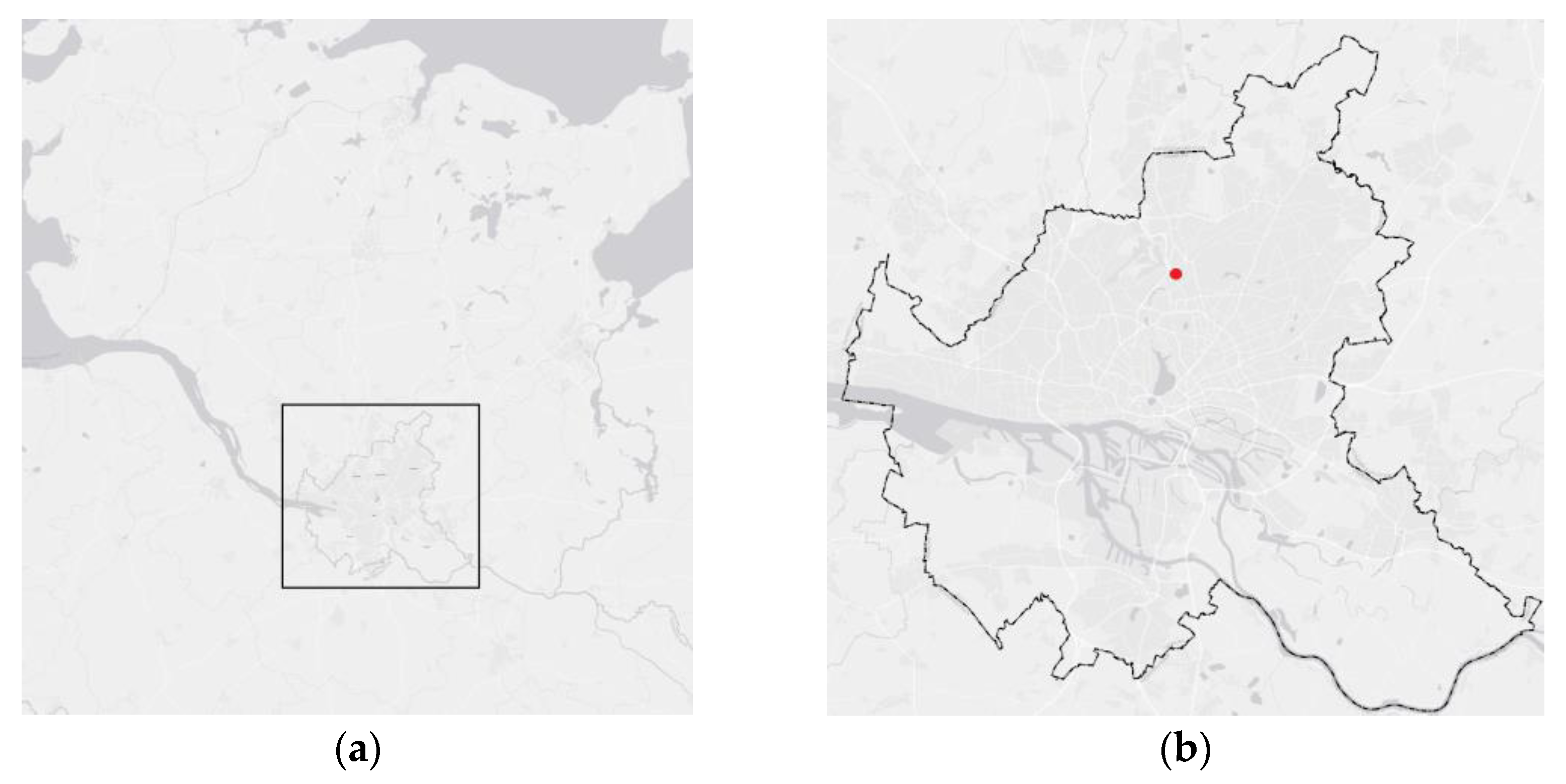
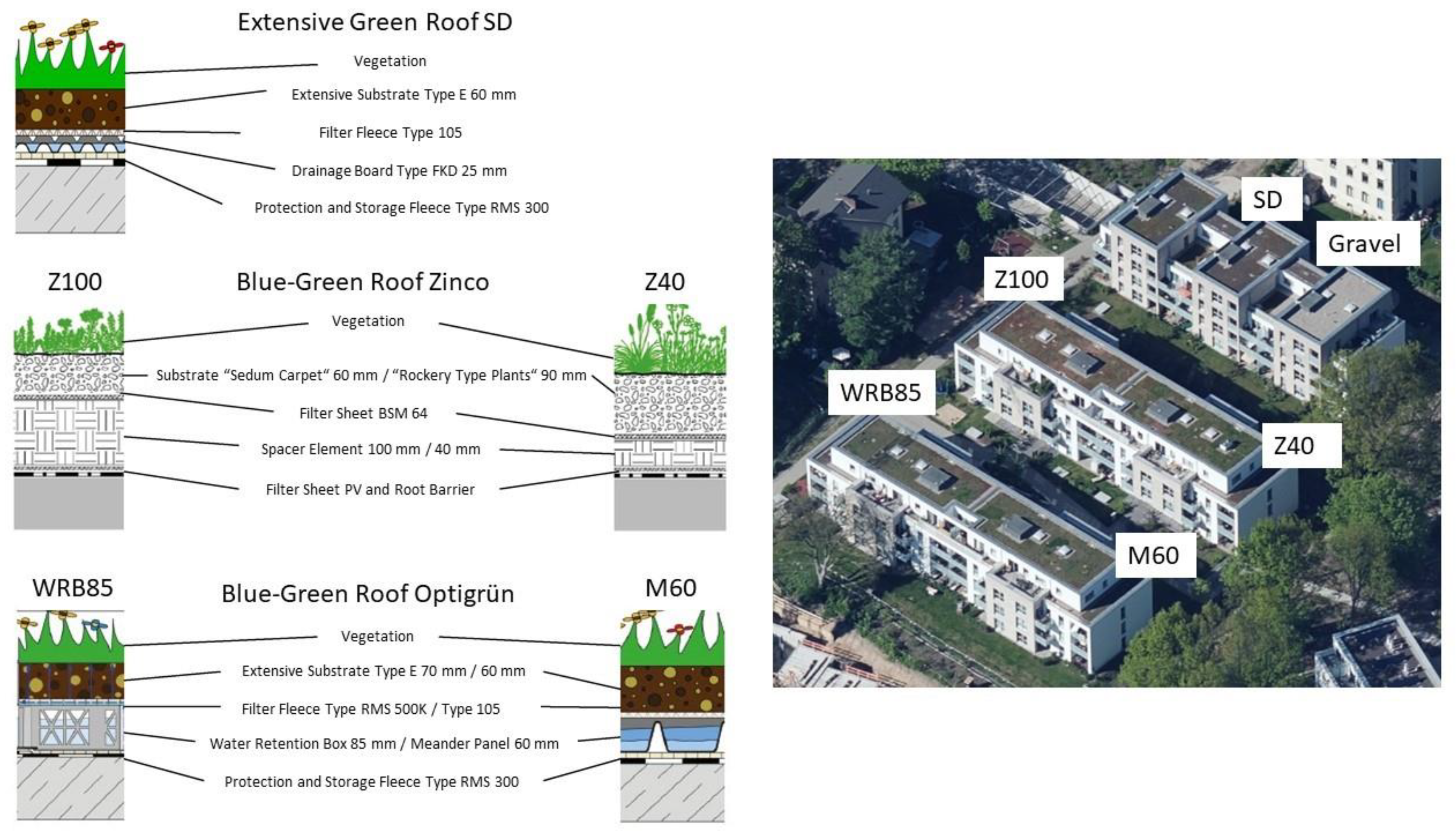


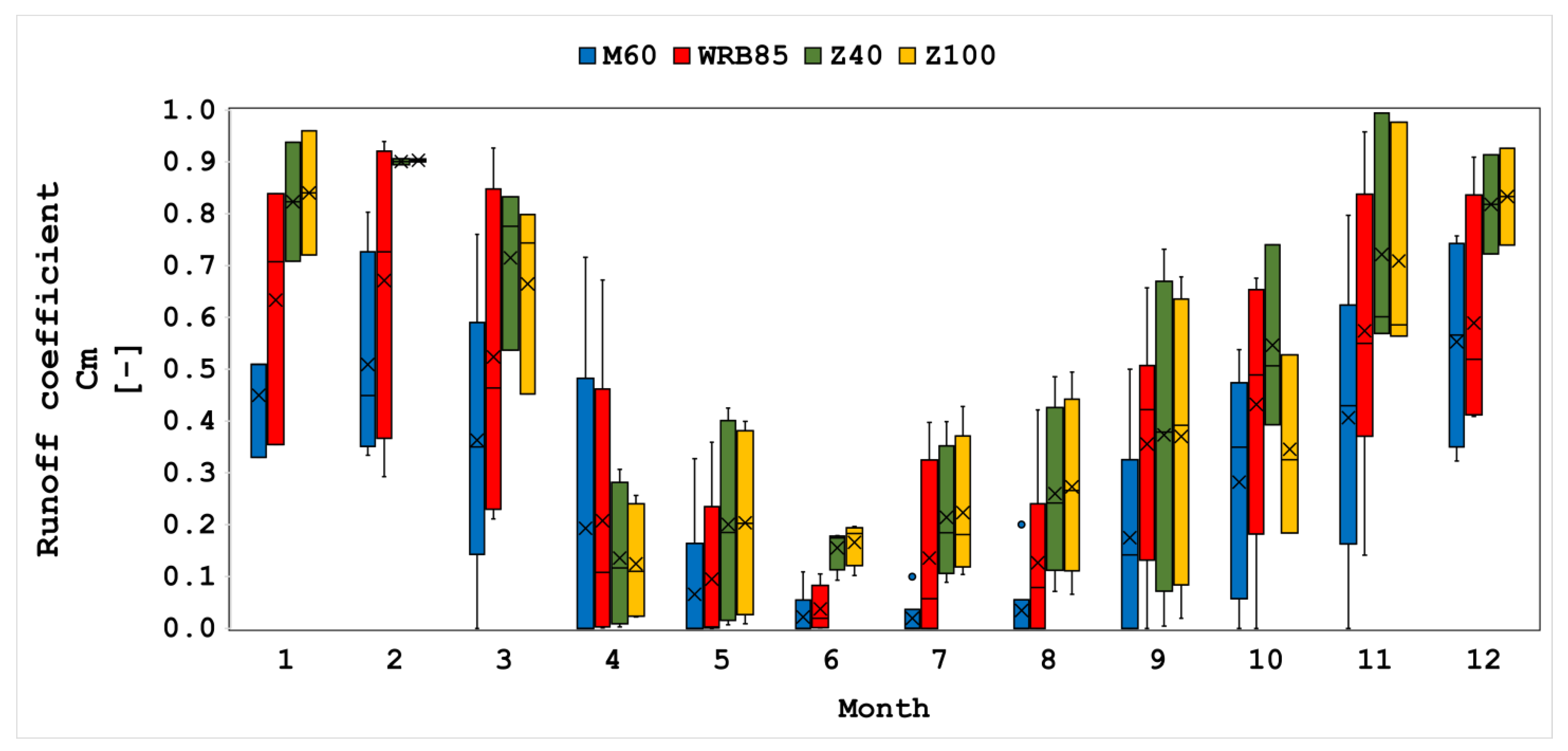
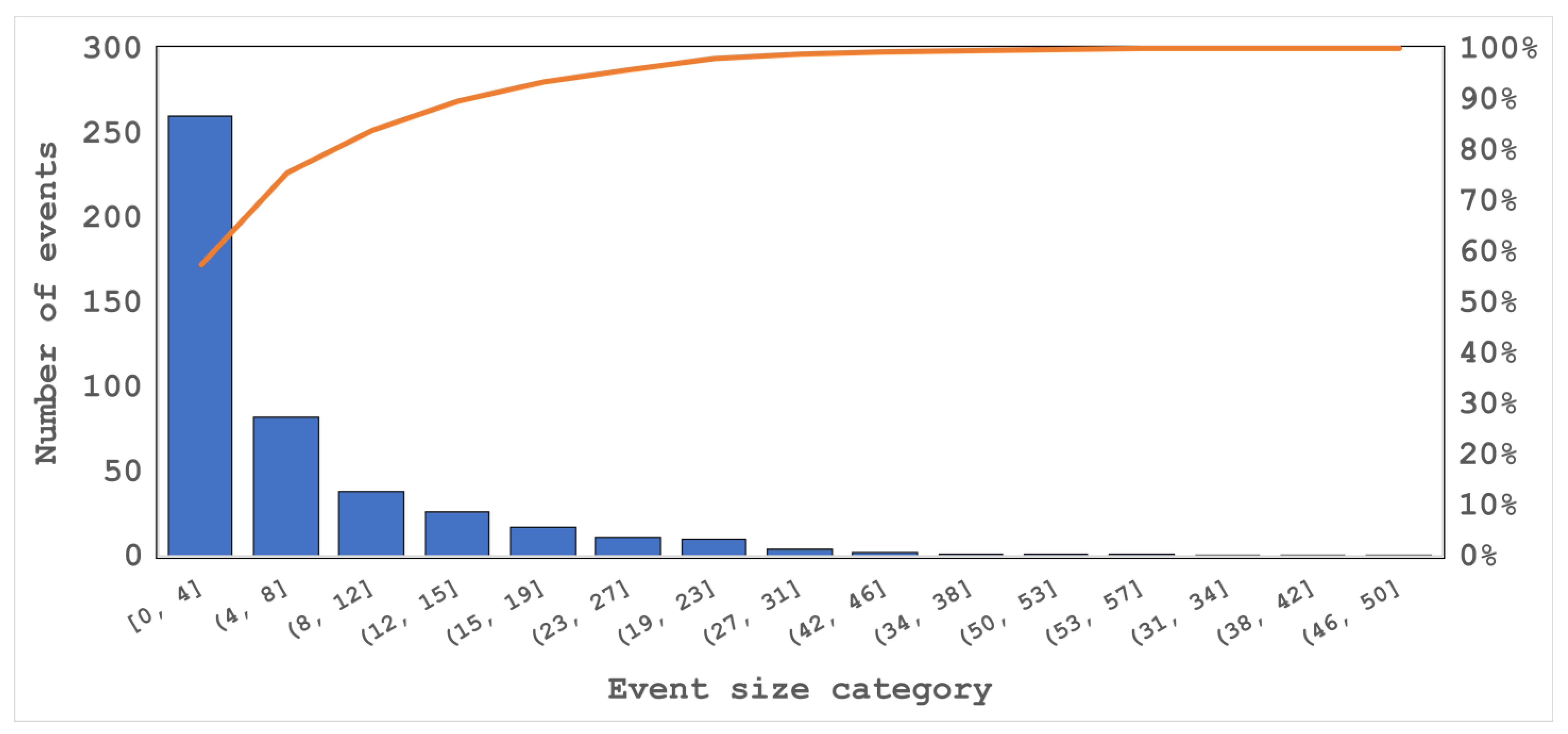
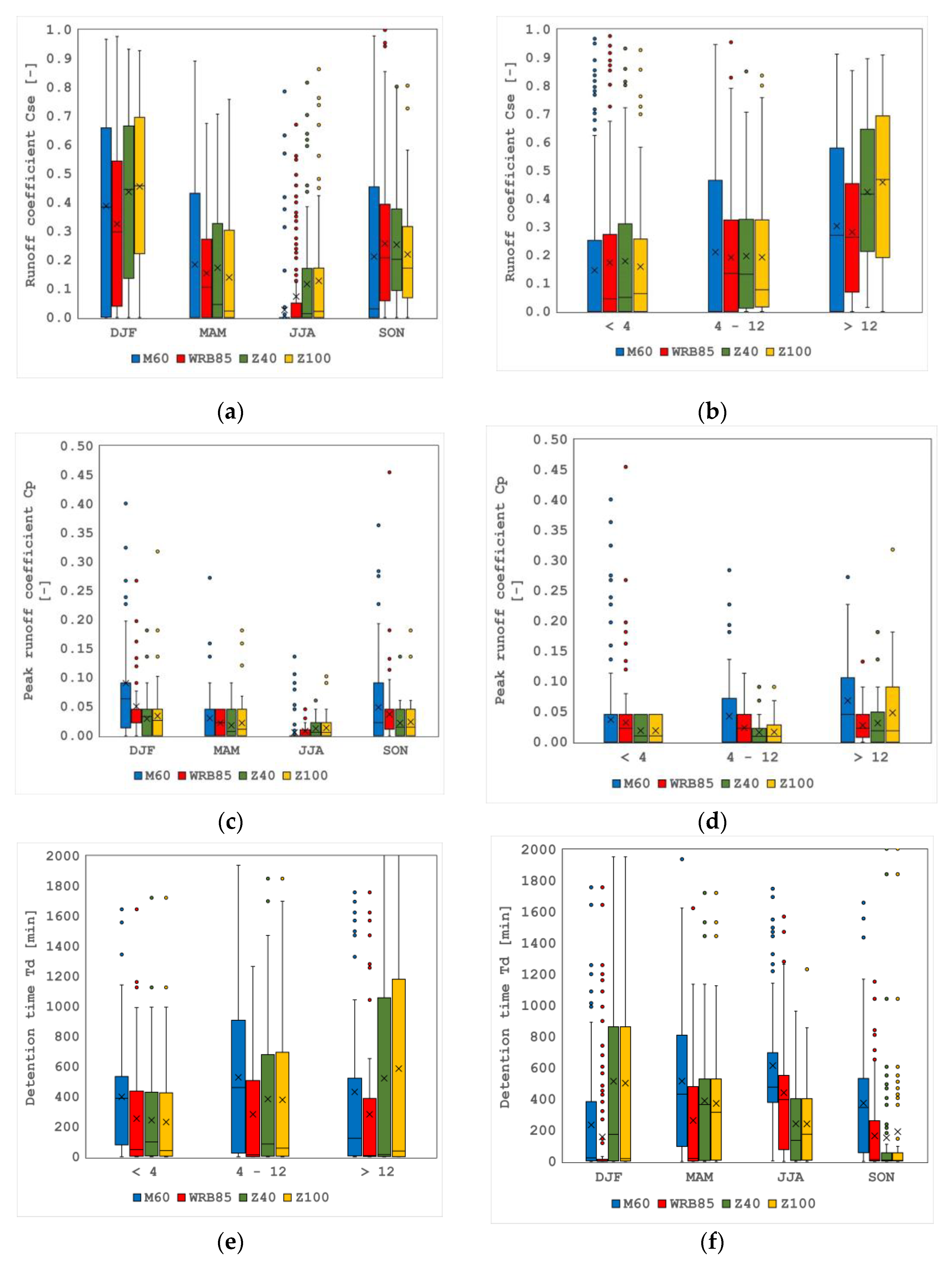


| Name | M60 | WRB85 | Z40 | Z100 | SD |
|---|---|---|---|---|---|
| Type | BGR | BGR | BGR | BGR | Extensive GR |
| Substrate height [mm] | 80 | 70 | 90 | 60 | 60 |
| Storage element height [mm] | 60 | 85 | 40 | 100 | 25 (Drainage) |
| Long-term storage [mm] | 30 | 30 | - | - | - |
Disclaimer/Publisher’s Note: The statements, opinions and data contained in all publications are solely those of the individual author(s) and contributor(s) and not of MDPI and/or the editor(s). MDPI and/or the editor(s) disclaim responsibility for any injury to people or property resulting from any ideas, methods, instructions or products referred to in the content. |
© 2023 by the authors. Licensee MDPI, Basel, Switzerland. This article is an open access article distributed under the terms and conditions of the Creative Commons Attribution (CC BY) license (https://creativecommons.org/licenses/by/4.0/).
Share and Cite
Richter, M.; Dickhaut, W. Long-Term Performance of Blue-Green Roof Systems—Results of a Building-Scale Monitoring Study in Hamburg, Germany. Water 2023, 15, 2806. https://doi.org/10.3390/w15152806
Richter M, Dickhaut W. Long-Term Performance of Blue-Green Roof Systems—Results of a Building-Scale Monitoring Study in Hamburg, Germany. Water. 2023; 15(15):2806. https://doi.org/10.3390/w15152806
Chicago/Turabian StyleRichter, Michael, and Wolfgang Dickhaut. 2023. "Long-Term Performance of Blue-Green Roof Systems—Results of a Building-Scale Monitoring Study in Hamburg, Germany" Water 15, no. 15: 2806. https://doi.org/10.3390/w15152806
APA StyleRichter, M., & Dickhaut, W. (2023). Long-Term Performance of Blue-Green Roof Systems—Results of a Building-Scale Monitoring Study in Hamburg, Germany. Water, 15(15), 2806. https://doi.org/10.3390/w15152806







